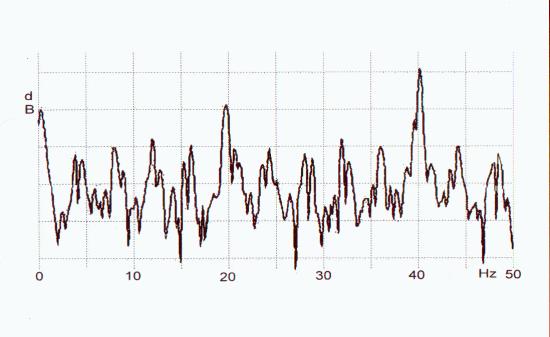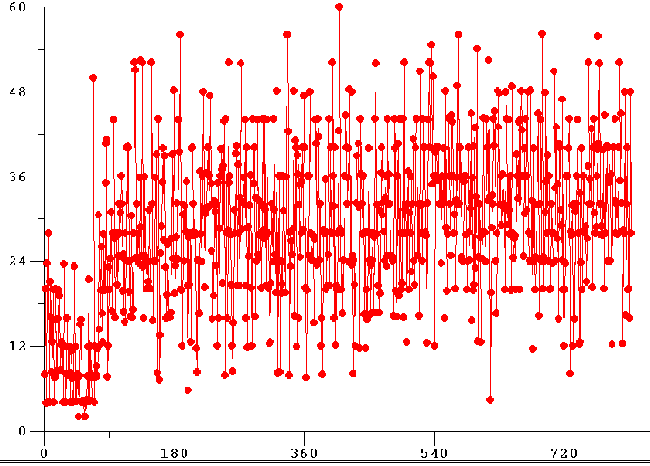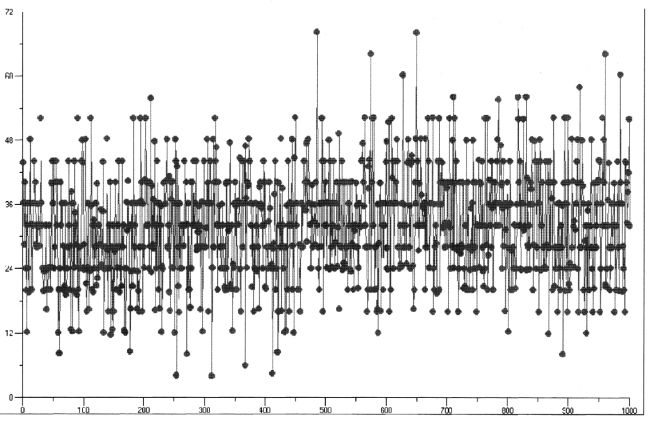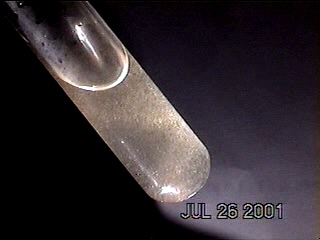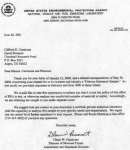
Air, Atmospheric Physics, Chemistry, Climate, Environmental, Foundational, Global, Meteorology, Physics
GLOBAL WARMING & AEROSOLS
It is past time to recognize that one of the primary effects of the dense aerosols that now permanently mar the lifeblood of this planet is the heating up of the very atmosphere that we breathe. It can be demonstrated that the introduction of essentially any metallic or metallic salt aerosol into the lower atmosphere will have the effect of heating up that lower atmosphere. The impact is both significant and measurable. The previous Carnicom paper titled ’DROUGHT INDUCEMENT’ (dated April 2, 2002) presents analysis that shows introducing aerosol metal and salt particulates into the lower atmosphere will cause the atmosphere to warm.
The benefit of this current study is that an estimate of the magnitude of the heat influence upon the atmosphere can now be made. Those that continue to claim that a benevolent, but necessarily secret, enterprise to protect the planet with a blanket of purportedly heat reflective aerosols in the lower atmosphere exists will need to provide the primary evidence of that claim. That claim will need to be justified with solid physical principles and observation. Further discussion on this topic can be found in the Carnicom paper titled ’GLOBAL WARMING AND AEROSOLS’ (dated February 23, 2004).

